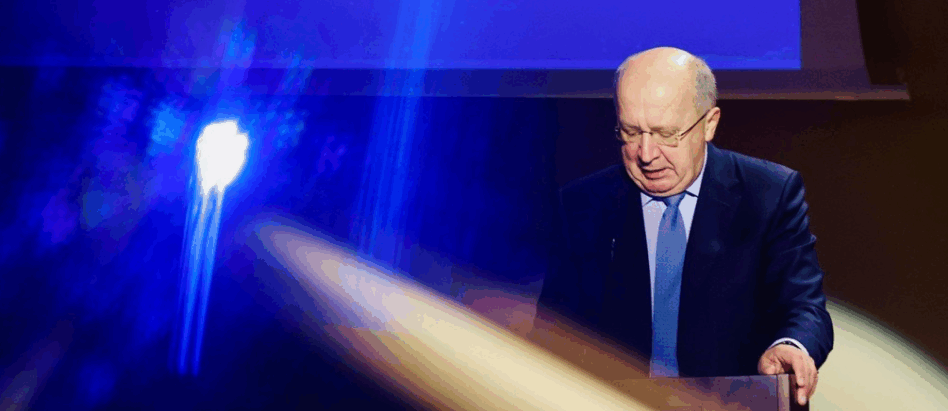Next month, ESA will set its funding levels for the next three years—but some officials are already turning their attention beyond that to get ready for the next decade.
ESA Director General Josef Aschbacher proposed a massive new project this week to bring together European defense capabilities in 2028. The European Resilience from Space program (ERS) would have a budget of €1B and focus on two major capabilities in orbit.
- €750M would go toward EO capabilities that could operate in any weather condition, and offer a revisit rate of 30 minutes.
- €250M would fund a navigation and communications program that would involve additional work for the IRIS2 program—Europe’s upcoming secure comms network.
While the ERS program is still years away, and will focus heavily on pooling capabilities already in orbit, the question remains: Who’s going to build the next wave of satellites?
The main contenders: Large-scale ESA constellations—like Galileo and Copernicus—have long been awarded to European A&D primes (think Airbus, Thales, Leonardo, and OHB). There’s a sea change, however, already underway in the European satellite manufacturing sector that may shake up the status quo by the time ERS gets going in 2028.
By 2028, there may be fewer major A&D primes to compete for the program. Last week, Airbus, Thales, and Leonardo announced their initial agreement to merge their space businesses into one new venture. Together the three companies have contributed to a large quantity of major European constellations, including Galileo, Copernicus, and Italy’s iRIDE.
Aschbacher said the new entity would fundamentally change the landscape of the European space industry, and that ESA may need to alter its industrial policy as a result—though it’s unclear exactly how.
Then there’s OHB, the German A&D prime was the main contractor for the first wave of Galileo sats, and also won contracts to deliver Italy’s iRIDE EO constellation through its Italian subsidiary.
Best of the rest: If history is any guide, these two primes (Airbus-Thales-Leonardo and OHB) are a shoo-in to win at least a portion of future ERS contracts.
That said, by 2028 there may be a lot more continental manufacturing capacity if ESA wants to share the love. This year has seen a groundswell of new capacity built—or being built—by new space companies in Europe. These startups are investing capital to secure larger and larger contracts, and by 2028, they may have earned ESA’s trust to take on important institutional projects. It’s certainly the goal.
Yesterday, Bulgaria’s EnduroSat announced a $100M+ funding round and the opening of a new manufacturing facility to produce up to two satellites (between 200 and 500 kg in mass) each day.
Another startup, Belgium-based Aerospacelab, is also building out a new megafactory, which it expects to come online next year and churn out 500 satellites annually. For Aerospacelab CEO, Benoît Deper, the strategy is explicit.
“Aerospacelab is ready to lead this integration, connecting Earth observation, secure communications, positioning and navigation as well as spectrum monitoring,” Deper told Payload via email. “Building constellations of this magnitude, serving critical European sovereignty needs, is precisely what Aerospacelab does and was built to do.”
The expert opinion: The European Space Policy Institute recently published a report detailing the increasing manufacturing capabilities across the continent. Matija Rencelj, ESPI’s research manager, told Payload that the shifting landscape could encourage ESA to move away from a winner-take-all procurement strategy. Instead, legacy primes could share ERS procurement contracts with newer manufacturers.
“With this distribution of the manufacturing base, it’s a question of industrial policy…Do we think that brings us resilience? Do we think that can maximize innovation?” Rencelj told Payload. “Maybe over time, you know, [new space] systems perform best, and…in the second generation, third generation, they might become the big prime.”



